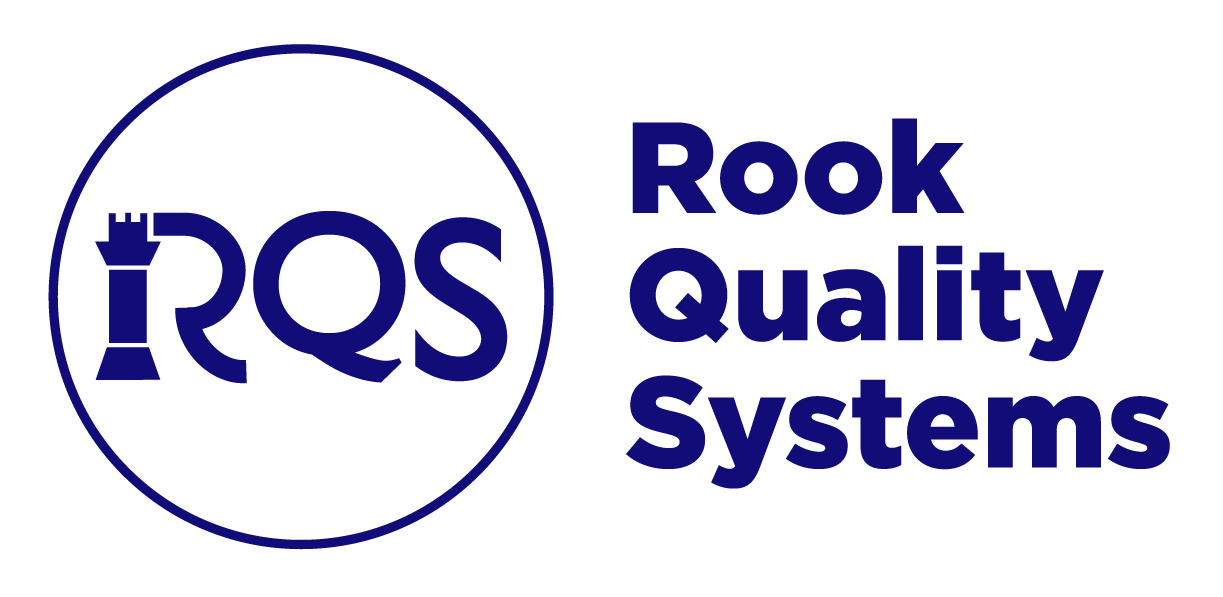6 Bold Predictions for Medical Device Quality in 2024
As we step into the new year, we asked our team members to share their insights by forecasting five daring trends in medical device quality for 2024.
1. FDA CDRH to focus on publishing prioritized guidance documents
At the end of 2023, the FDA Center for Devices and Radiological Health released a list of guidance documents the agency plans to publish in 2024. The CDRH has welcomed comments and feedback on the list of guidelines and recommendations for additional guidance topics. The final guidance topics include Remanufacturing of Medical Devices, Medical Device Shortages – Implementation of Section 506J of the Federal Food, Drug and Cosmetic Act, and Marketing Submission Recommendations for A Predetermined Change Control Plan for Artificial Intelligence/Machine Learning (AI/ML)- Enabled Device Software Functions.
2. FDA CDRH intends to release guidance development resources permit
In addition to the prioritized guidance documents, the FDA CDRH plans to release guidance documents that will act as resources permits. The finalized topics are as follows: Computer Software Assurance for Production and Quality System Software and Voluntary Malfunction Summary Reporting (VMSR) Program for Manufacturers.
3. QMSR to be published by Q2
QMSR is set to make its debut by Q2, promising a paradigm shift in ensuring and enhancing medical device quality. The proposed form introduces a new framework for medical device QSR, fulfilling the long-anticipated need within the industry. Since 2018, the FDA has worked to align its QSR with the standards of ISO 13485. Through this suggested regulation, the agency has formally declared its intentions to modify the QSR, paving the way for a more extensive global harmonization of medical device quality management systems.
4. Cybersecurity requirements for SaMD/SiMD will continue to increase including mandatory testing
The landscape of cybersecurity for SaMD and SiMD is poised for significant evolution as cybersecurity requirements are expected to intensify, encompassing mandatory testing protocols. In response to the escalating threat landscape and the critical importance of safeguarding patient data and medical device functionality, regulatory frameworks are anticipated to raise the bar on cybersecurity standards. This trajectory emphasizes the need for rigorous testing procedures to assess the resilience of SaMD and SiMD against potential cyber threats. The evolving cybersecurity requirements signify a proactive approach to protect the integrity of these devices, aligning with the importance to ensure patient safety and the secure functioning of digital health solutions.
5. Regulatory guidance on AI/ML devices
Since early 2022, the FDA has been actively developing regulatory frameworks for Artificial Intelligence/Machine Learning (AI/ML) devices in healthcare. The FDA has released a draft guidance document titled “Artificial Intelligence/Machine Learning (AI/ML)-Based Software as a Medical Device (SaMD): Clinical Evaluation.” This draft guidance aims to provide insights into the agency’s thinking on regulating AI/ML-based medical devices and outlines principles for their design, development, validation, and use in clinical settings. Stakeholders, including developers, manufacturers, healthcare providers, and regulatory bodies are encouraged to provide feedback to help refine and improve the regulatory framework for AI/ML devices.
6. Ketryx to disrupt the SaMD industry
Ketryx, a close partner of RQS, aims to revolutionize the Software as a Medical Device (SaMD) industry through a comprehensive solution that streamlines development and regulatory compliance. Key features include DevTools integration for faster development while maintaining FDA compliance, real-time traceability for visibility and regulatory alignment, automated documentation to free up time for critical risk areas, and embedding Quality Management System (QMS) procedures in tools like Jira for enhanced quality and compliance. Ketryx also facilitates faster releases through CI/CD pipeline integration, saving time with automatic documentation and traceability. It ensures connected system integration for compliance with tools like Jira, GitHub, and AWS, generating an FDA-compliant Design History File (DHF). The platform enhances developer productivity by providing process coaching in preferred tools and ensures Part 11 compliance, allowing teams to focus on technical challenges rather than documentation. In short, Ketryx accelerates SaMD development, improving quality, safety, and compliance in the regulated field of medical devices.
